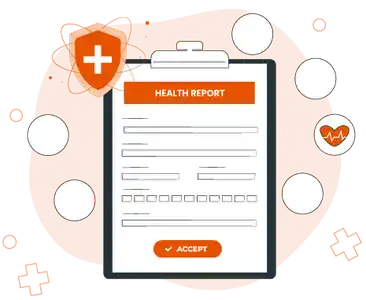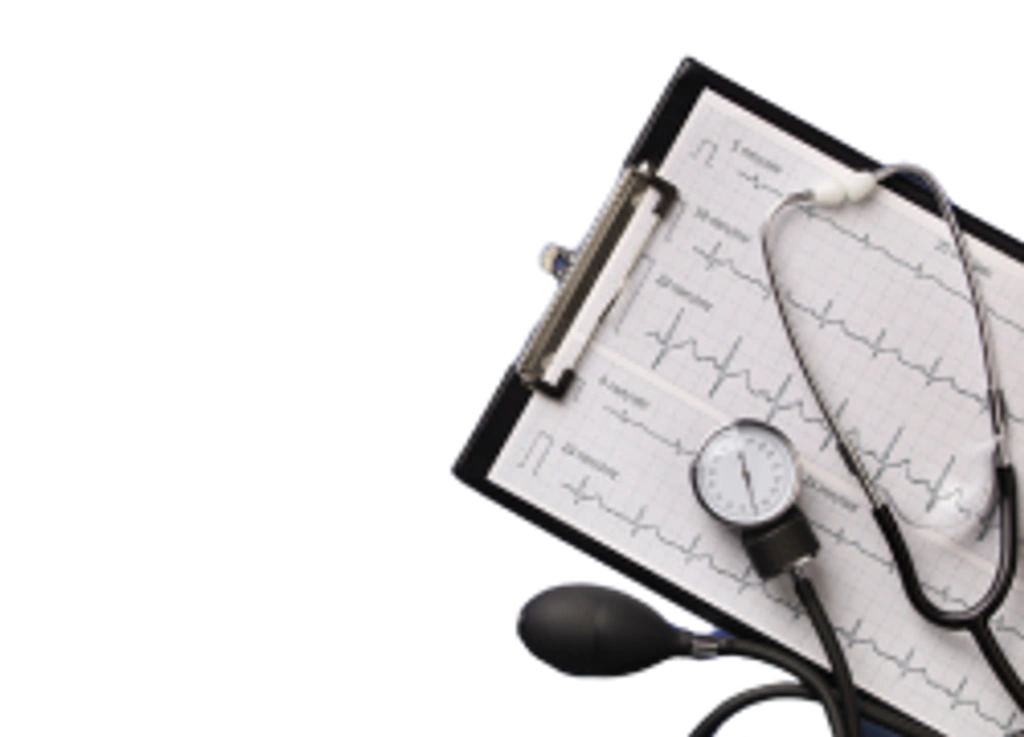
Take charge of your health with smart calculators
 Calculate your fitness, nutrition, hydration, and sleep levels.
Calculate your fitness, nutrition, hydration, and sleep levels.  Get tailored wellness insights for better health results.
Get tailored wellness insights for better health results.  Assess and maintain your stress, mood, and mindfulness levels.
Assess and maintain your stress, mood, and mindfulness levels.

Find Out If You're at Risk for Diabetes
Find out if you're at risk for diabetes and learn how early action can make all the difference.
Need help or have questions? Just
Ask MedwikiGet all your answers with us!
What is diabetes?
Diabetes is a chronic condition in which the body either doesn’t produce enough insulin or can’t effectively use it, leading to high blood sugar levels. It affects millions worldwide and is a major public health concern. According to a report by the Indian Council of Medical Research (ICMR), the prevalence of diabetes in India is 10.1 crores. The National Family Health Survey (NFHS) of India estimates diabetes prevalence at 16.1%. Diabetes increases the risk of heart disease, kidney failure, blindness, and nerve damage. Its prevalence is rising due to aging, urbanization, and lifestyle changes, making early diagnosis and management essential to prevent complications.
Why is it important to understand the risk of diabetes?
Understanding diabetes risk is crucial, especially for middle-aged adults in India, where sedentary lifestyles, unhealthy diets, and genetic factors contribute to rising cases. Early awareness helps prevent complications like heart disease and kidney issues. Regular health check-ups, lifestyle modifications, and timely interventions can significantly lower the burden of the disease and enhance quality of life.
How many types of diabetes are there?
Type 1 diabetes is an autoimmune disorder in which the immune system destroys insulin-producing cells in the pancreas. It develops when the body resists insulin or fails to produce enough to regulate blood sugar effectively. Type 2 diabetes is the more common form, often linked to lifestyle factors and genetic predisposition. It occurs when the body becomes resistant to insulin or doesn’t produce enough to maintain normal glucose levels. Unlike Type 1, it can often be managed or prevented through diet, exercise, and medications when necessary.
How to diagnose diabetes?
Diabetes is diagnosed using specific tests to measure blood sugar levels. The Hemoglobin A1C test is a primary diagnostic tool that indicates average blood sugar levels over the past 2–3 months. According to the American Diabetes Association (ADA), an A1C level of ≥6.5% (48 mmol/mol) indicates diabetes. Other tests include fasting plasma glucose (≥126 mg/dL on two occasions), an oral glucose tolerance test (≥200 mg/dL after 2 hours), or evaluating symptoms such as excessive thirst (polydipsia) and frequent urination (polyuria) along with a random glucose level of ≥200 mg/dL. Prediabetes is identified with impaired fasting glucose (100–125 mg/dL) or impaired glucose tolerance (140–199 mg/dL after OGTT), offering an opportunity for early intervention.
Why is it important to know your diabetes risk?
Proactive health management is key to reducing diabetes risk. Lifestyle changes, such as maintaining a balanced diet, exercising regularly, managing weight, and avoiding smoking, can significantly reduce the risk of developing diabetes. Regular screenings help detect early signs, enabling timely interventions. Consulting healthcare providers offers personalized advice and effective monitoring, helping individuals take control of their health and prevent diabetes-related complications.
How Does the Diabetes Risk Calculator Estimate Your Risk?
The Diabetes Risk Calculator helps estimate an individual’s risk of developing diabetes based on various health factors. Formula: Result = ((0.028 × age) + (0.661 × sex) + (0.412 × ethnicity) + (0.079 × fasting_glucose) + (0.018 × systolic_blood_pressure) - (0.039 × HDL) + (0.07 × BMI) + (0.481 × family_history) - 13.415) Risk = 100 / [1 + e^{-1×Result}] where; age is expressed in years; Sex: Enter 1 for female, 0 for male.; Ethnicity: Enter 1 if Indian, 0 if non-Hispanic white.; fasting_glucose - measurement of fasting glucose in mg/dL; SBP - systolic blood pressure in mmHg; HDL - high-density lipoprotein cholesterol level in mg/dL; BMI - body mass index in kg/m²; and amily history: Enter 1 if at least one parent or sibling has diabetes, otherwise enter 0.









.svg)
